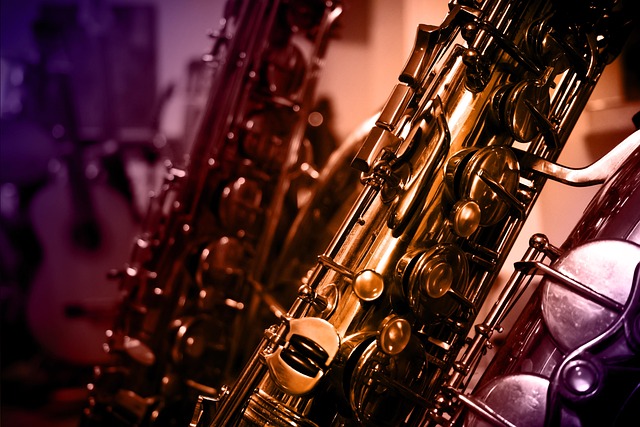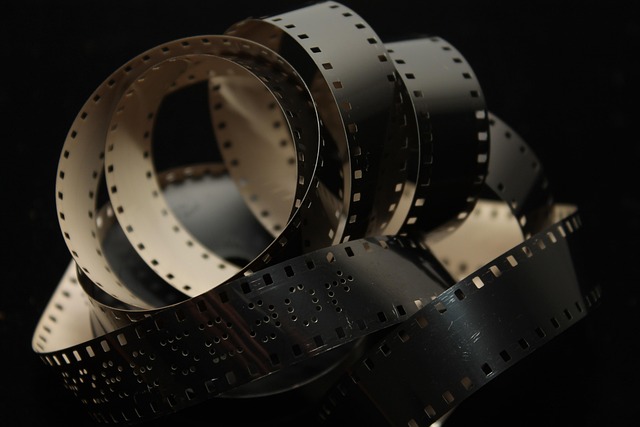
Harmonizing Modern Entertainment: The Evolution of Musical Accompaniment in Cinema
Harmonizing Modern Entertainment: The Evolution of Musical Accompaniment in Cinema
In the vibrant tapestry of modern entertainment, few elements resonate as profoundly as musical accompaniment. From the pounding scores that drive action-packed thrillers to the haunting melodies that accompany heart-wrenching dramas, music has become an integral part of the cinematic experience. It transcends language and culture, weaving a universal narrative that speaks to our emotions and enhances our connection to characters and stories.
Music in cinema is not merely a background element; it serves as a companion to the visual storytelling, shaping how audiences perceive and interpret the unfolding drama on screen. As cultures merge and evolve, so too has the way music interacts with film. The progression from silent films, which relied heavily on live orchestras, to the sophisticated scoring of contemporary blockbusters illustrates this transformation. Today’s soundtracks draw from various musical genres, incorporating global influences that reflect our increasingly interconnected world.
Take, for example, the recent surge in popularity of film scores that blend traditional orchestral music with electronic elements, resulting in a unique audio experience that captures the pulse of modern culture. Composers like Hans Zimmer and Ramin Djawadi have redefined the landscape, using music to elevate the narrative and evoke visceral reactions from audiences. Their work showcases how musical accompaniment can not only support but also enhance the storytelling, creating a multi-sensory experience that immerses viewers in the film’s world.
The fusion of music and culture is perhaps most evident in the way contemporary films celebrate diverse soundscapes, reflecting the rich tapestry of community identities. Films like “Black Panther” and “Coco” integrate cultural music traditions, offering viewers an authentic glimpse into different worlds. By embracing these musical elements, filmmakers honor their cultural heritage while inviting audiences to indulge in a broader narrative experience. Whether it’s the powerful rhythms of African beats or the emotive strums of a Mexican guitar, these soundtracks resonate with viewers, forging connections that extend beyond the screen.
Moreover, the rise of streaming platforms has democratized access to film music, allowing for an explosion of creativity. Soundtracks are no longer restricted to theaters; they find life on playlists, social media, and even live performances. This evolution has given rise to a new generation of audiences who engage with film music in increasingly interactive ways. They create their own playlists, remix scores, and even participate in live orchestral screenings—blurring the lines between creator and consumer in a culture that thrives on shared experiences.
Modern entertainment has transformed into a vibrant dialogue between sound and vision, where musical accompaniment is not just an addition, but a vital narrative force. As cinema continues to evolve, one thing remains clear: the melodies that accompany our favorite films will always resonate, reflecting the emotions and stories that bind us together as a global community.



